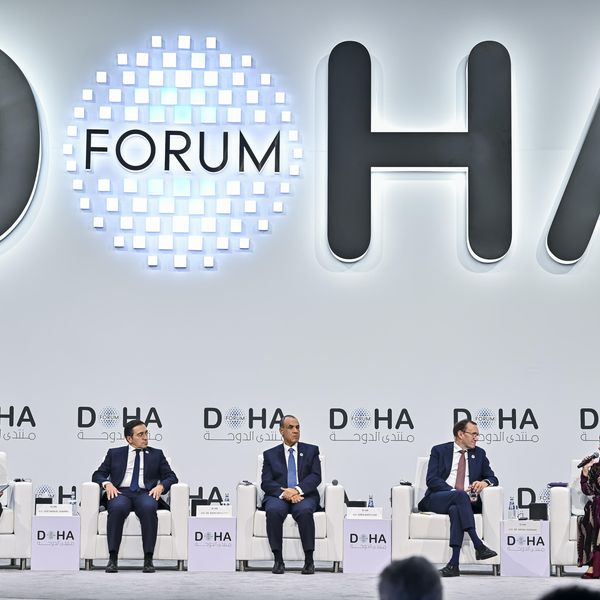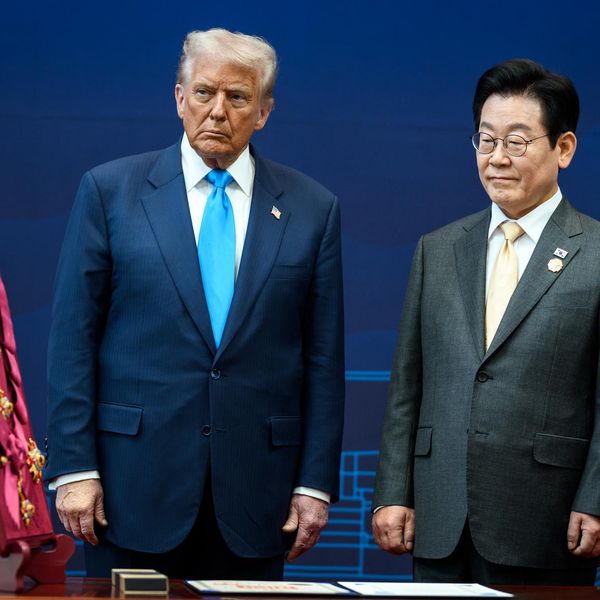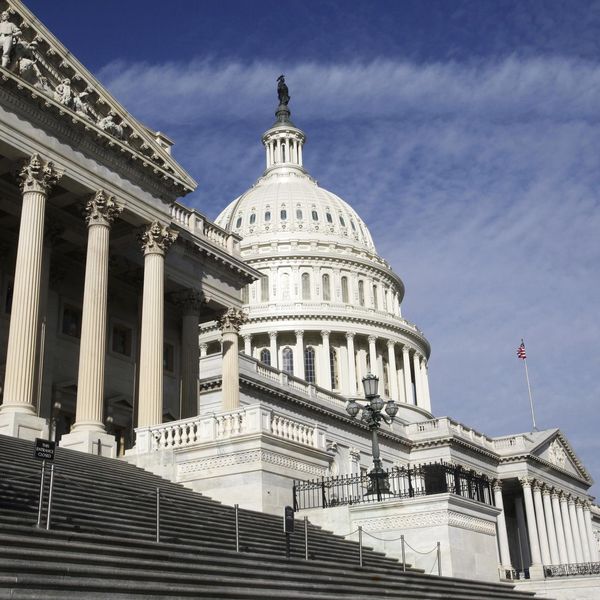Turkish President Recep Tayyip Erdogan, took part in a victory parade last week in Baku, the capital of the Republic of Azerbaijan. His presence at the parade was fitting because Turkey was instrumental in Azerbaijan’s victory in its latest war with Armenia, which resulted in the regaining of several towns lost to Armenia in 1994.
During the ceremony, Erdogan cited a poem regarding the separation of the two shores of the river Aras, which forms the boundary between Iran and the Republic of Azerbaijan. This created a political storm in Iran and caused a mini-crisis in Turkish-Iranian relations.
The poem implied that Iran had separated by force the southern shore of the Aras or, in other words, Iran’s province of Azerbaijan from the current republic of Azerbaijan. The poem is controversial because, although written for different reasons, it has become code word for those in Azerbaijan and for some circles in Turkey who advocate the separation of Iranian Azerbaijan and its unification with the republic of Azerbaijan. Therefore, Tehran interpreted Erdogan’s quoting the poem as a sign of Turkey’s support for Azerbaijan’s irredentist claims towards Iranian territory and thus implicitly for Iran’s dismembering.
Erdogan reciting the poem caused popular outrage in Iran, including on social media. Iran’s foreign minister, Javad Zarif, tweeted that, before talking about Azerbaijan, Erdogan should read Iran’s history. He noted that the separation to which the poem refers relates to the loss of Iranian territories to Russia following two sets of wars between 1804 and 1828.
Zarif added that, despite the lasting pain that the loss of these territories from the motherland has caused Iranians, Iran has never tried to reclaim lost territories and has respected Azerbaijan’s independence and territorial integrity.
Other personalities, including Tabriz’s Friday prayer leader and the Supreme Leader’s special representative in the province of Azerbaijan, Sheik ul Islam Al Hashem, strongly objected to Erdogan's statement. Al Hashem even quoted a poem of Abul Qassim Ferdowsi, the symbol of Iranian nationalism and a target of Islamists’ animosity. The poem says that no Iranian should stay alive if Iran perishes. Parliamentarians from the Iranian Azerbaijan also made similar comments.
Islamists also held demonstrations in Tabriz and chanted that all of Iran’s ethnic groups are part of Imam Hussein’s (the third Shia Imam) army. The Turkish ambassador was called to Iran’s foreign ministry. In retaliation, Turkey called the Iranian ambassador in Ankara to complain of reactions to Erdogan’s poem reading.
A bigger rift was avoided, when Turkish Foreign Minister Mevlut Cavoshoglu phoned Zarif and told him that Erdogan was not aware of the sensitive nature of the poem and that he had no intention of challenging Iran’s territorial integrity. He also reiterated Turkey’s commitment to good relations with Iran.
What long-term consequences?
Despite Tehran’s and Ankara’s efforts to damage control, Erdogan’s statement is likely to have a lasting impact on Turkish-Iranian relations. Most likely, it will at least intensify their competition in the South Caucasus.
Since the 1979 Islamic Revolution, Turkish-Iranian relations have never been free of tension. When the secularists were in power in Turkey, Ankara saw Iran’s Islamist ideology as a potential threat. It also viewed Iran’s estrangement from the West as an opportunity to enhance its own strategic importance and advance its goal of joining the European Union. Ankara portrayed its secular creed as the only effective antidote to Iran’s Islamism.
The collapse of the USSR intensified the competitive dimensions of Turkish-Iranian relations, especially in the Caucasus and Central Asia. After the 1991 Persian Gulf War, Turkey became more deeply involved in Middle East and Persian Gulf politics. This involvement increased in the following decades, especially after the 2003 U.S. invasion of Iraq and the Arab Spring in 2010-11.
Meanwhile, after the USSR’s collapse and the frustration of Turkey’s European aspirations, Ankara turned to pan-Turkish and neo-Ottoman ideas as part of its new foreign policy framework. Pan-Turkism dates to the late 19th century and also formed part of Mustafa Kemal Ataturk’s vision. Ataturk glorified the Turks and bestowed a special responsibility on Turkey for the fate of the so-called “outside Turks.” Since then, Turkey has believed that the population of the Iranian Azerbaijan and Iran’s other Turkic- speaking people belong in this broader Turkish nation.
Thus, even before the Islamic Revolution, Turkey discretely worked to establish its influence among Iran’s Azeris. In the last few decades, it has given refuge to Iranian Azeri separatists. But Ankara had never openly supported what amounts to Iran’s dismemberment.
As Iran’s involvement in the Middle East grew after 2003, a degree of competition with Turkey became inevitable, especially as Middle East disputes acquired a sectarian tinge. However, other considerations, including Turkey’s own problems of ethnic separatism, especially the Kurds, kept these rivalries in check.
It is not clear what prompted Erdogan to use such a provocative language in Baku. Perhaps he just wanted to please his hosts. Or he wanted to warn Tehran that the Republic of Azerbaijan is Turkey’s sphere of influence and Iran should keep out.
Whatever the motive, his move backfired. Many in Iran now argue that Tehran should play a more active role in the Caucasus and respond more forcefully to hostile actions either by Azerbaijan or Turkey. Some even say that Iran should regain its lost territories.
Currently, Iran is in no position to either challenge Turkey or to act imprudently in the Caucasus. Instead, Tehran will work to ease tensions with Ankara. However, after this episode, it is unlikely that Iran will again trust in Turkey’s professions of friendship and instead keep a more watchful eye on Turkey’s activities inside its territory and neighborhood.
















